PRINCESS NGỌC HOA: THE CULTURAL EMBASSDOR BETWEEN VIETNAM AND JAPAN
Post Category: Project
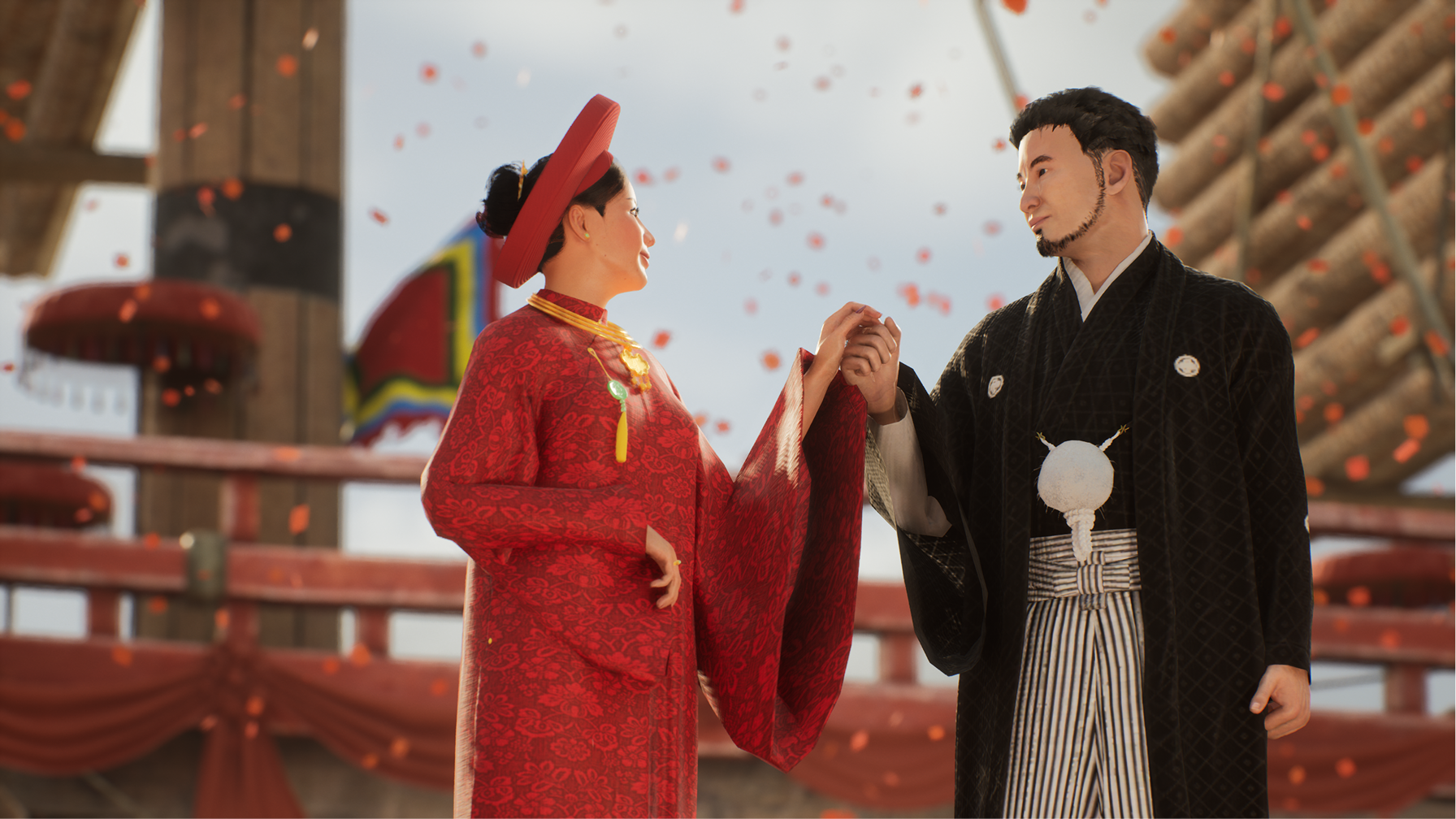
Hội An Chronicles is the latest project from Click Studio, set in the ancient town of Hội An hundreds of years ago. The player’s main task is to travel back in time to the golden age of Southeast Asian trade in order to return a jade bracelet, more than 500 years old, to Princess Ngọc Hoa—thus preserving the integrity of Vietnam’s timeline and history. But who was Princess Ngọc Hoa? And what was her significance in Vietnam’s history?
Princess Ngọc Hoa was a royal lady who lived during the reign of the Nguyễn Lords. Historical records note that she was the adopted daughter of Lord Sãi Nguyễn Phúc Nguyên. While her exact year of birth is not recorded, many scholars estimate that she was born around 1600, when her adoptive father was serving as Governor of Quảng Nam. She became renowned for her elegant beauty and was equally remembered for her gentle, kind-hearted nature.
In 1619, in Hue, the princess met Araki Sotaro, a famous Japanese merchant who frequently traded in Đàng Trong (Inner Realm), especially in Hội An, where he was known by his Vietnamese name Nguyễn Thái Lang. Love blossomed between them, and Lord Sãi eventually approved their marriage. This union held special historical significance: Princess Ngọc Hoa is considered the first Vietnamese woman to marry a Japanese citizen and move to Japan to live. Japanese records even suggest that she was the very first foreign woman officially recognized to marry and settle in their country.
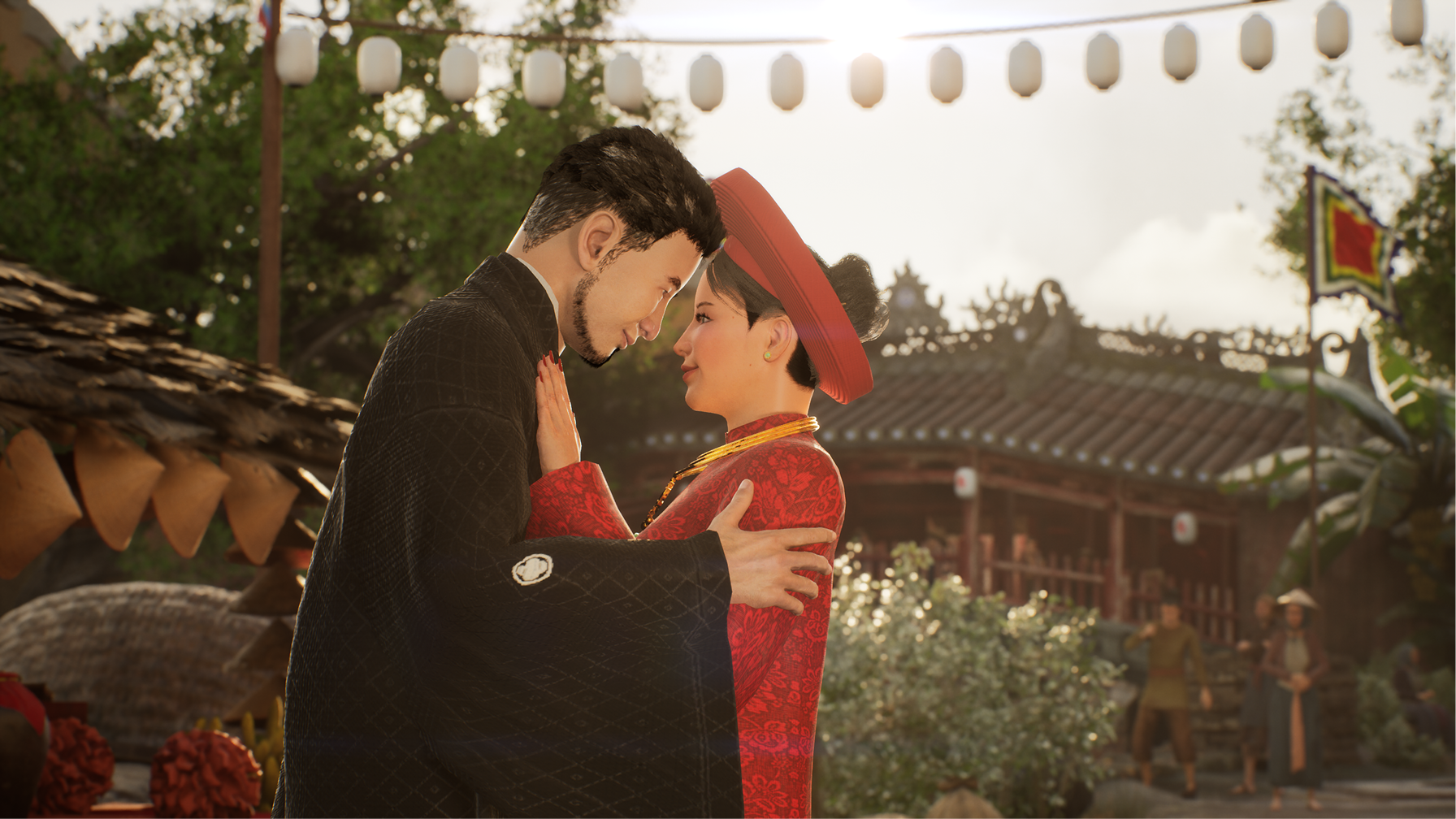
Their love was deep and passionate, and in 1620 Araki brought his wife back to his homeland. Upon arriving in Nagasaki, she was warmly welcomed by the local community, who were captivated by her grace and charming demeanor. She was given the Japanese names Wukaku (Ōgakyū) and Wakapucome (Ōgakyū Hōmai). Yet it was her habit of affectionately calling her husband “anh ơi” in Vietnamese that left the most lasting impression. Locals lovingly took up the phrase, calling her Anio-san. Over time, this tender nickname—an echo of her mother tongue—evolved into Anio-hime, or Princess Anio, as she became known in Nagasaki. In the years that followed, Anio-san even became a colloquial term for young women who were beautiful and graceful.
In her husband’s homeland, Princess Ngọc Hoa and Araki managed a large trading house in Motoshikhui-Machi, becoming a living bridge between the two nations. After her husband passed away in 1635, she entered religious life at Daion-ji Temple, taking the Dharma name Myotam. Yet she continued to oversee their business, aided the poor in her community, and worked actively to maintain ties with her Vietnamese homeland. Her pivotal role is underscored by the fact that after her death in 1645, trade and exchanges between Japan and Vietnam were disrupted for a long period before being revived again.
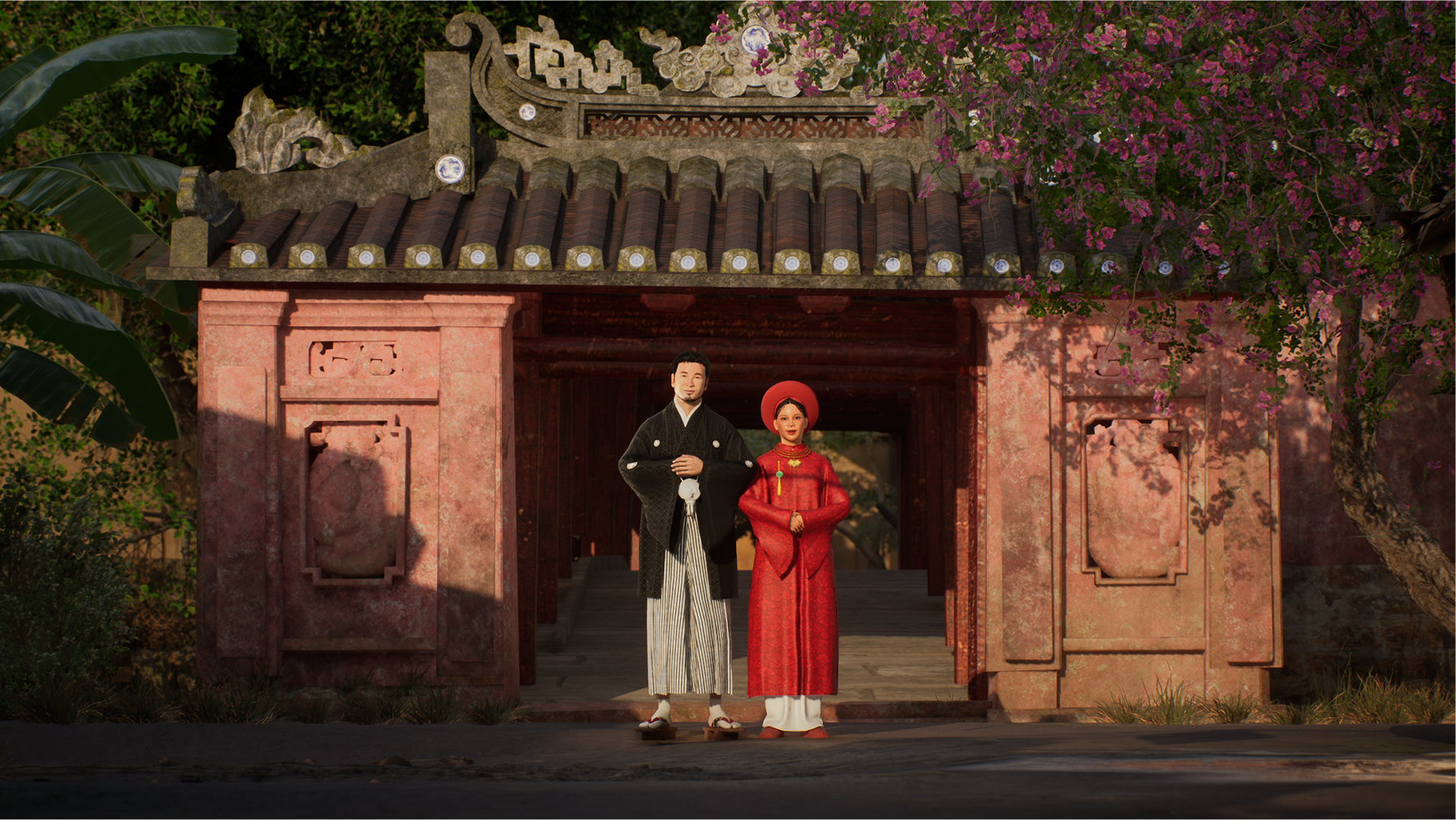
VIETNAMESE MARKS IN THE LAND OF THE RISING SUN
Although she could never return to Đại Việt due to Japan’s strict sakoku (closed country) policy, Princess Ngọc Hoa spent the rest of her life in the land of the rising sun. Yet in her heart, the image of Hội An never faded. Her story was far more than a romance—it was the journey of a living cultural envoy who helped shape new customs in Nagasaki, from introducing the Vietnamese tradition of family-style meals to nurturing gentler, more intimate forms of social interaction infused with Vietnamese spirit.
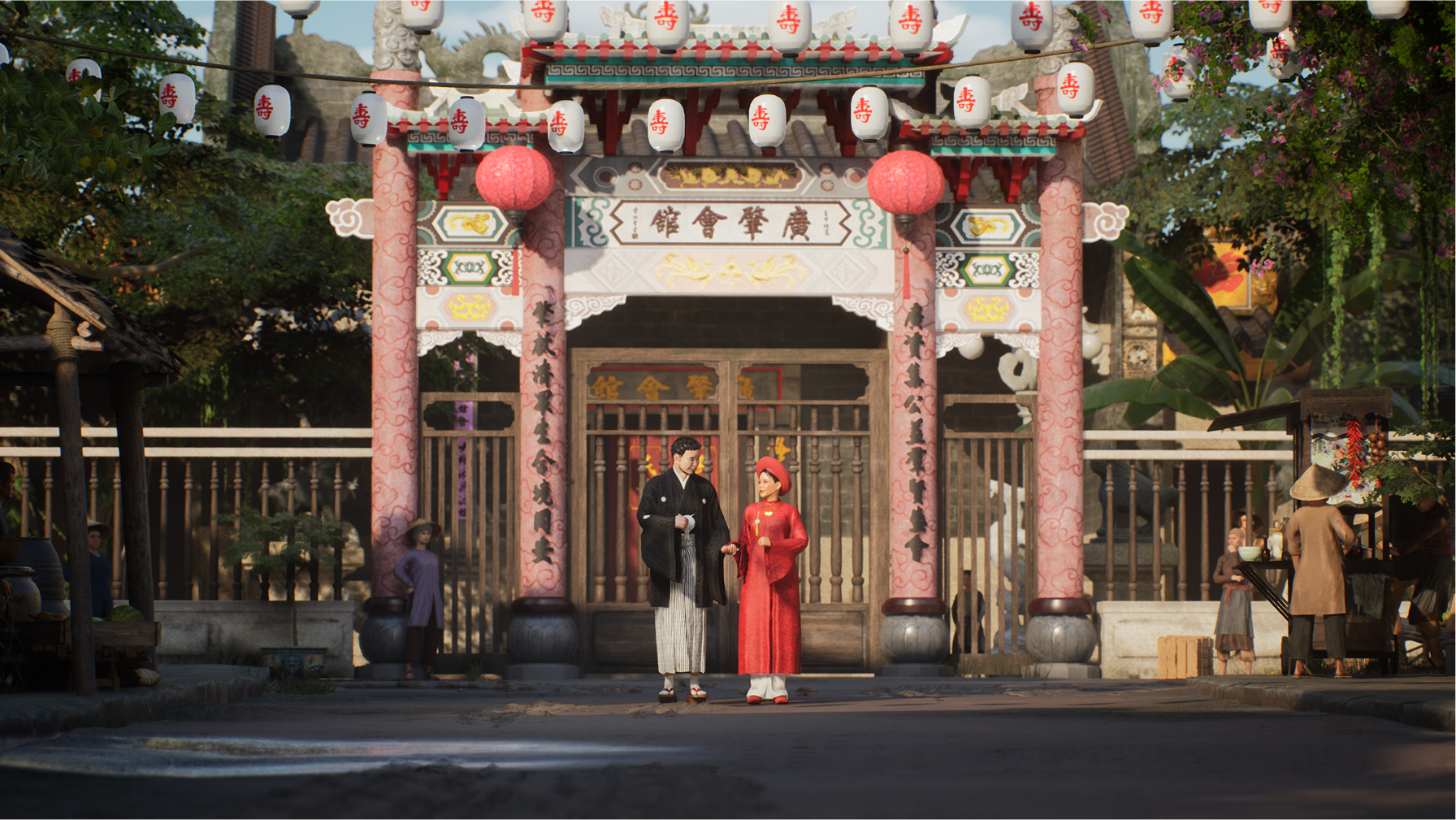
This legacy is still honored today. At the annual Nagasaki Kunchi Festival, a parade reenacts the voyage of Araki and Ngọc Hoa, featuring a little girl dressed in a Vietnamese áo dài and a little boy in a yukata aboard a model trading ship. The fluttering áo dài on Japanese soil serves as a powerful reminder that love transcends geographical borders and cultural barriers—and that once, a Vietnamese woman was so beloved by an entire Japanese city that they called her their princess.
The culinary traditions of Nagasaki are also said to bear her imprint. Unlike the plain rectangular dining tables common in other regions of Japan, families in Nagasaki adopted the custom of gathering around a round table draped in a red cloth, a practice believed to have been introduced by Ngọc Hoa. Much like Vietnamese family meals, locals would sit together and share dishes from large communal bowls and plates.
With such remarkable cultural imprints, Princess Ngọc Hoa rightfully deserves to be remembered as a “cultural ambassador” and a “messenger of friendship” between Vietnam and Japan.
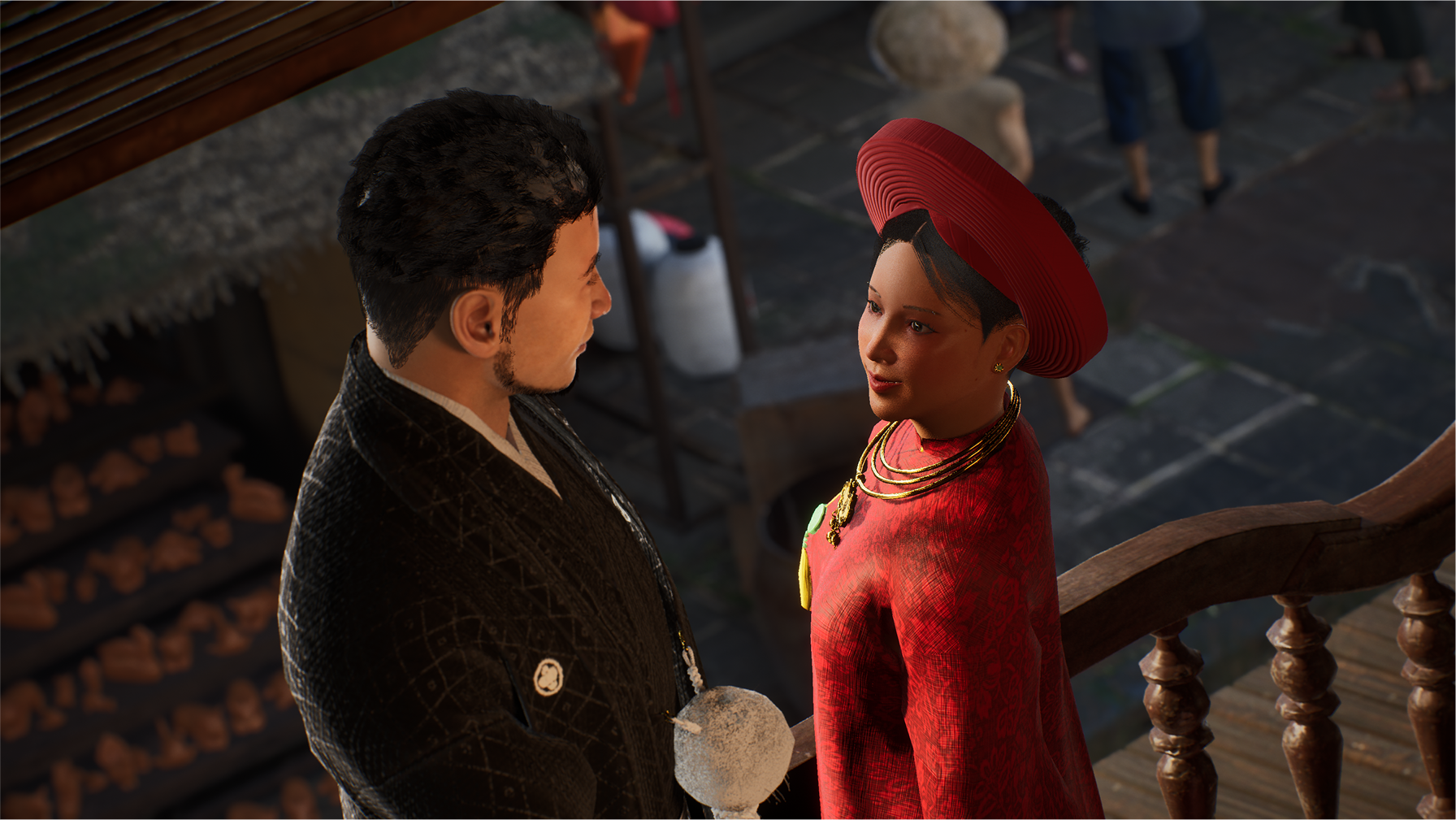
Today, a street in Hội An bears her name. In Japan, her memory lives on not only through her tomb but also through a personal mirror said to have been brought from Vietnam, now preserved at the Nagasaki Museum of History and Culture.
At Click Studio, we are honored to harness our knowledge, game development skills, and cutting-edge technology to bring the presence of Princess Ngọc Hoa into our upcoming project Hội An Chronicles.




